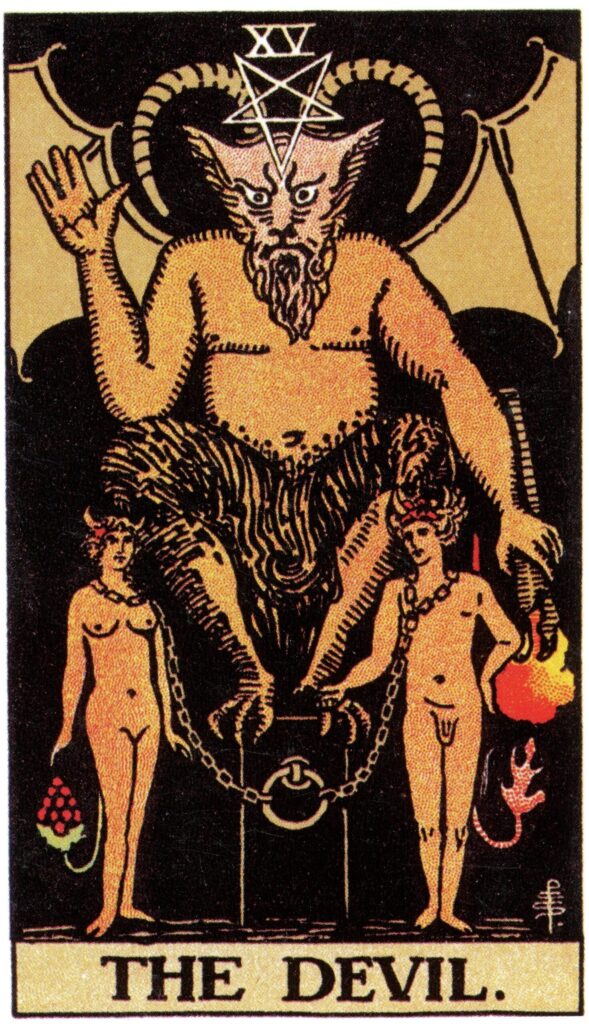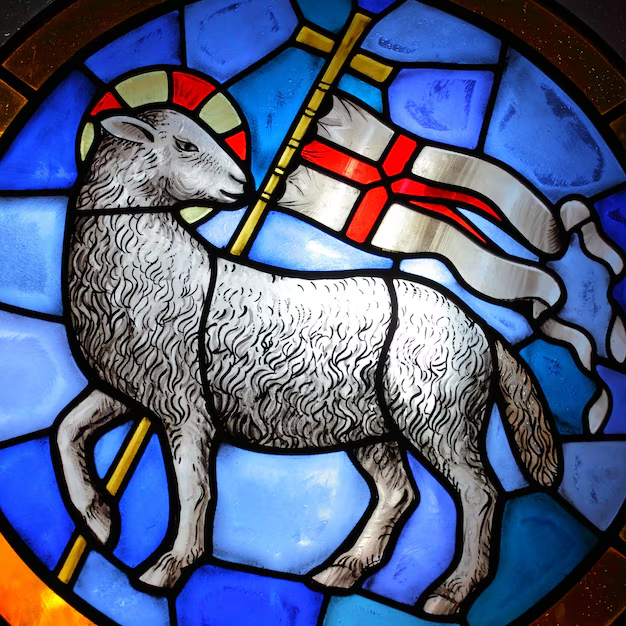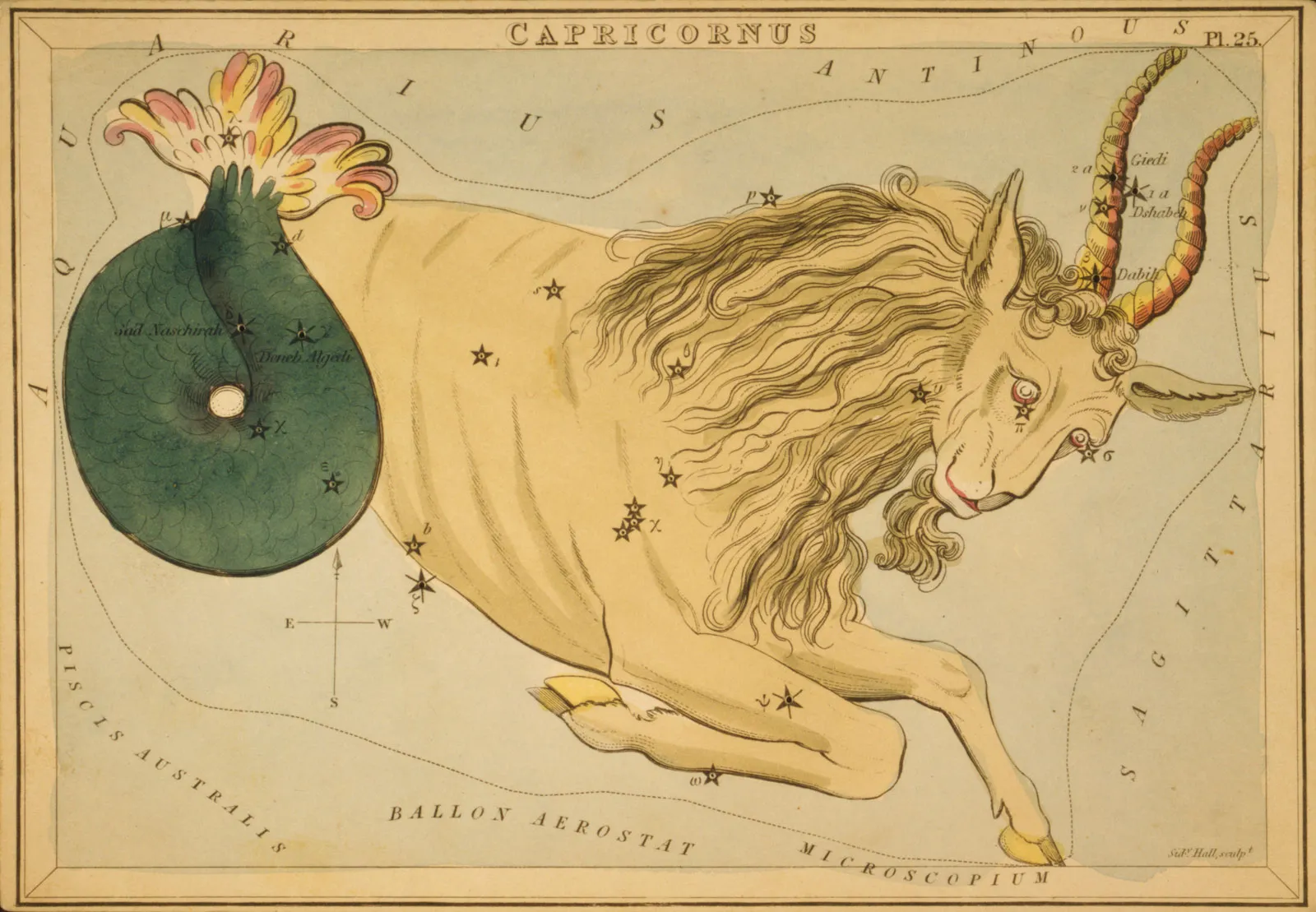The name of Capricorn carries within it a secret that is older than Rome, older than Greece. It comes from the Latin Capricornus, a compound of caper meaning goat and cornu meaning horn. In Greek the same image was rendered as Aigokerōs, from aix for goat and keras for horn.
The horned goat of the mountain is fused with the tail of the fish of the sea. The being stands between rock and water, height and depth, carrying in its very body a mystery of unity between opposites. Capricorn evokes an image that is terrestrial and abysmal, a being that climbs towards the light of the summit while rooted in the element of the abyss. It guards the passage between visible and invisible.
The ancient Mesopotamians already knew this. On their tablets the sign was called SUḪUR.MAŠ, the Goat-Fish. It was tied to Enki, known to the Babylonians as Ea, the god of deep waters and fresh springs, of wisdom and of the subtle craft of creation. He was shown with the lower body of a fish and the upper body of a horned being, pouring water from vases into the rivers of the world.
Capricorn also speaks of the moment where the spirit accepts the cage of time and the weight of the earth. And also relates to how Christ confronts the Goat of expiation and answers it with the Lamb of resurrection. The path of the zodiac itself carries this mystery: from Capricorn – where the sun is bound to darkness – through Aquarius and Pisces, until the rising of Aries, the Lamb of spring; the representation of Christ is written in the very order of the heavens.
I. The Goat of the Abyss and the Mountain
The image of the horned goat has always stood at the edge of sanctuaries. The ancients feared it because it watched the entrance to caves and abysses. The goat was liminal flesh. It signalled that passage from one world to another could not be made without cost. In Greek myth, Pan bears this face. He is half man and half goat, lord of forests, fertility and the sudden terror that still bears his name. In archaic religion, he was not evil, but the pulse of instinct, the thrust of desire, the untamed will and call of the earth. But, when Christianity sought a mask for the diabolic, it borrowed Pan’s horns, hooves and tail, turning the guardian of wild nature into a sign of temptation.

This figure found its arcane mirror in the Tarot. The fifteenth Major Arcanum, the Devil, reveals a horned form with a torch or flame inverted. Two beings, the two poles of duality, stand chained. The card reveals the captivity within matter, seduction by form, and the mirror of impulses that have not been reconciled. To meet the Devil is to confront the chains of the ego. But, within the same image, lies the possibility of reversal. Chains are temporary, the inverted light can be turned, the goat can reveal the way to freedom. This ambiguity belongs also to Capricorn. Ruled by Saturn, master of time and of decay, the sign obliges the soul to accept incarnation with weight. Bone, which endures when flesh is gone, is its sign. The goat therefore embodies the necessity of limits, but also the possibility of climbing beyond them.
II. The Scapegoat and the Lamb
The Jewish ritual of Yom Kippur displayed this duality. Two goats were brought into the temple. One was sacrificed to God, the other driven into the wilderness for Azazel, carrying the sins of the people. That second gave us the word scapegoat. It became the image of exile, bearing guilt into the desert. But the scapegoat also becomes a figure of descent and burden. He carries what is heavy. He takes into darkness what cannot remain in the camp. By going down he clears the way for renewal.
Into this history steps Christ. The Gospel names him the Lamb of God who takes away the sin of the world. In the Passover of Exodus, the blood of the lamb marked the doorposts so that the angel of death would pass over the homes of Israel. The lamb was a figure of innocence and pure sacrifice. Christ unites in himself the two roles. He carries sin like the goat, but offers himself like the lamb. He accepts exile and death, but gives it voluntarily, and thereby transforms its meaning. He becomes scapegoat and lamb in one body. This is the transfiguration of matter. He accepts the chains of Saturn, descends into the inferno guarded by the goat, and rises radiant, breaking the weight of time.
The mystical depth of this passage is immense. In the goat we see the burden of guilt and the law of mortality. In the lamb we see sacrifice given without blemish, opening the path of redemption. The Christian vision answers the goat with another figure. The goat expels; the lamb gathers. The goat descends; the lamb ascends. But both meet in the same axis of sacrifice. The difference lies in the outcome. The goat wanders into death, while the lamb offers death so that life may return.
III. From Capricorn to Aries
Astrology itself confirms this sequence. Capricorn is one of the four cardinal signs, the turning of the wheel that opens a season. It belongs to the element of Earth, the densest and heaviest of the four, the soil into which the seed must fall and die before it can rise. Earth is the realm of stone and bone, the world that the Kabbalistic sages named Malkuth, where Spirit is pressed into form and action is bound by weight. In Capricorn the descent of the soul reaches its most material point; the mountain goat clings to the rock, the body carries the mark of time, the will meets the resistance of matter.

But the zodiac does not end there. Far from it. After Capricorn comes Aquarius, sign of Spirit poured out. Then Pisces, sign of dissolution into mercy. Only then does Aries arrive, the ram or lamb, the sign of spring and resurrection. The lamb of God belongs astrologically to the moment when life begins again. He rises in the fire of Aries after passing through the descent of Capricorn.
The Christian calendar preserved this symbolism. The Nativity of Christ falls under Capricorn, when the sun begins to climb again after its lowest point in the winter solstice. The Passion and Resurrection occur in spring, when the sun stands in Aries. Christ is born under the sign of the goat but rises under the sign of the lamb. The cycle shows the passage from incarnation into liberation. The bones of Saturn become the wood of the Cross. The scapegoat expelled into the desert becomes the lamb enthroned.
Κύριε ελέησον
